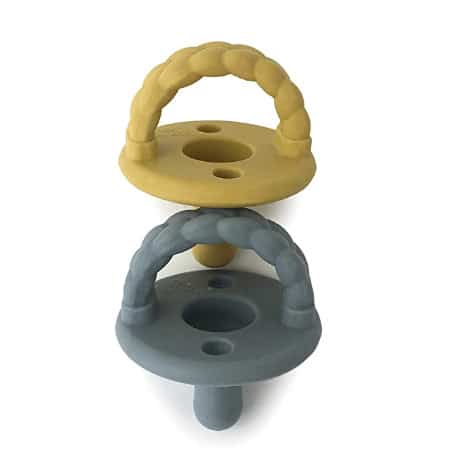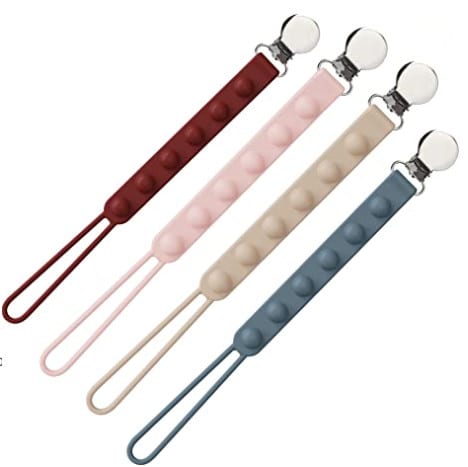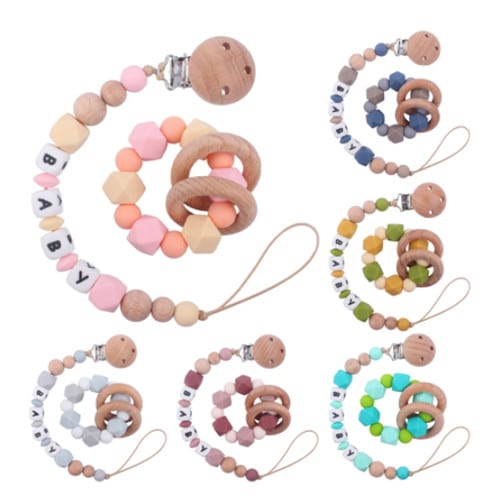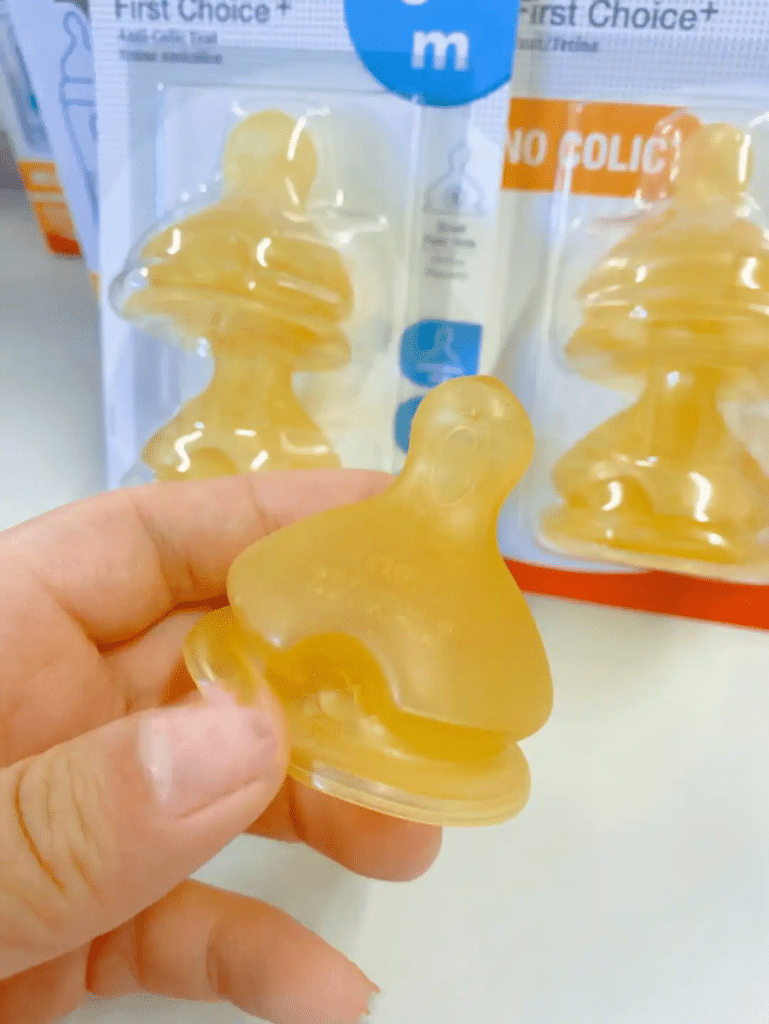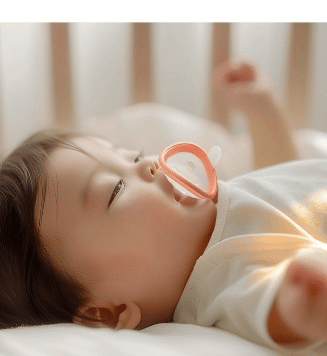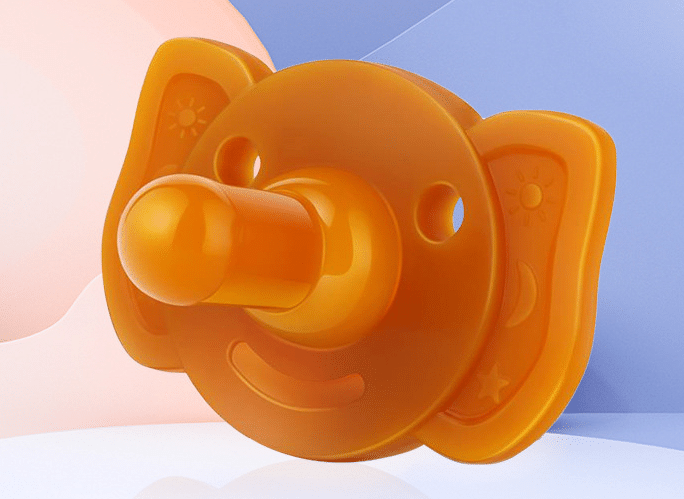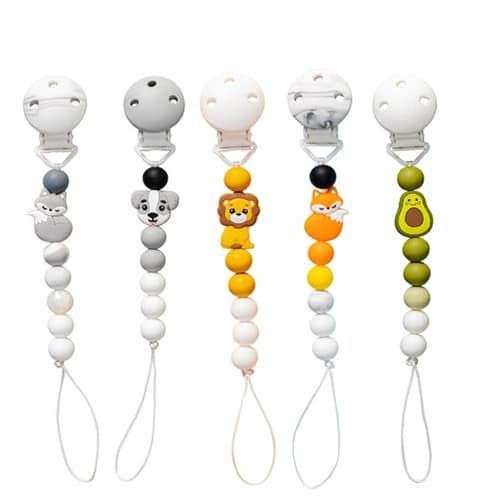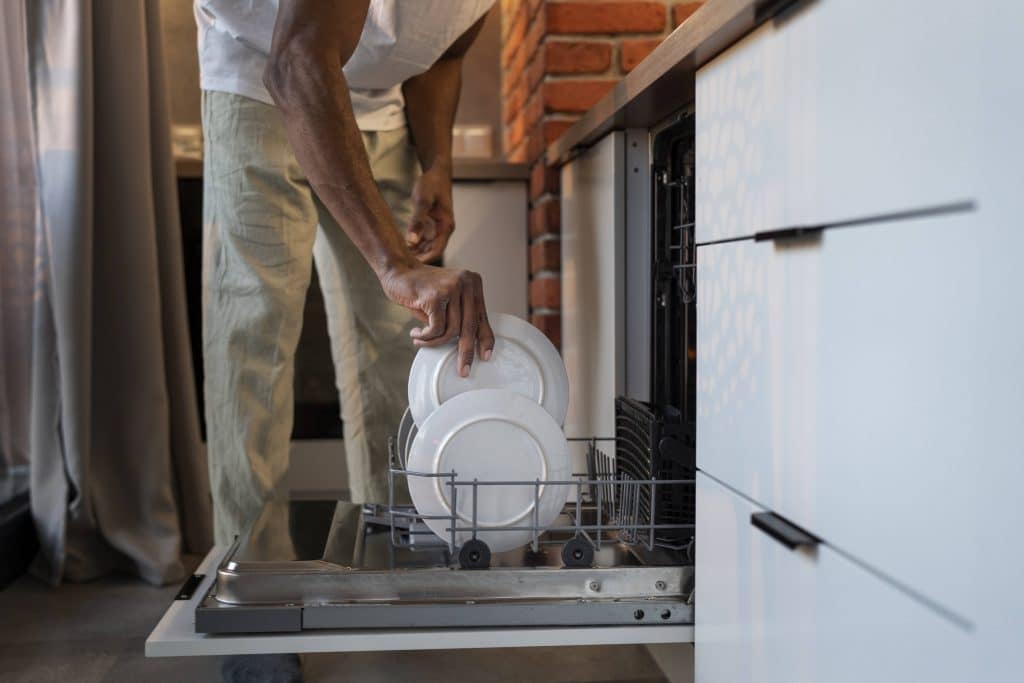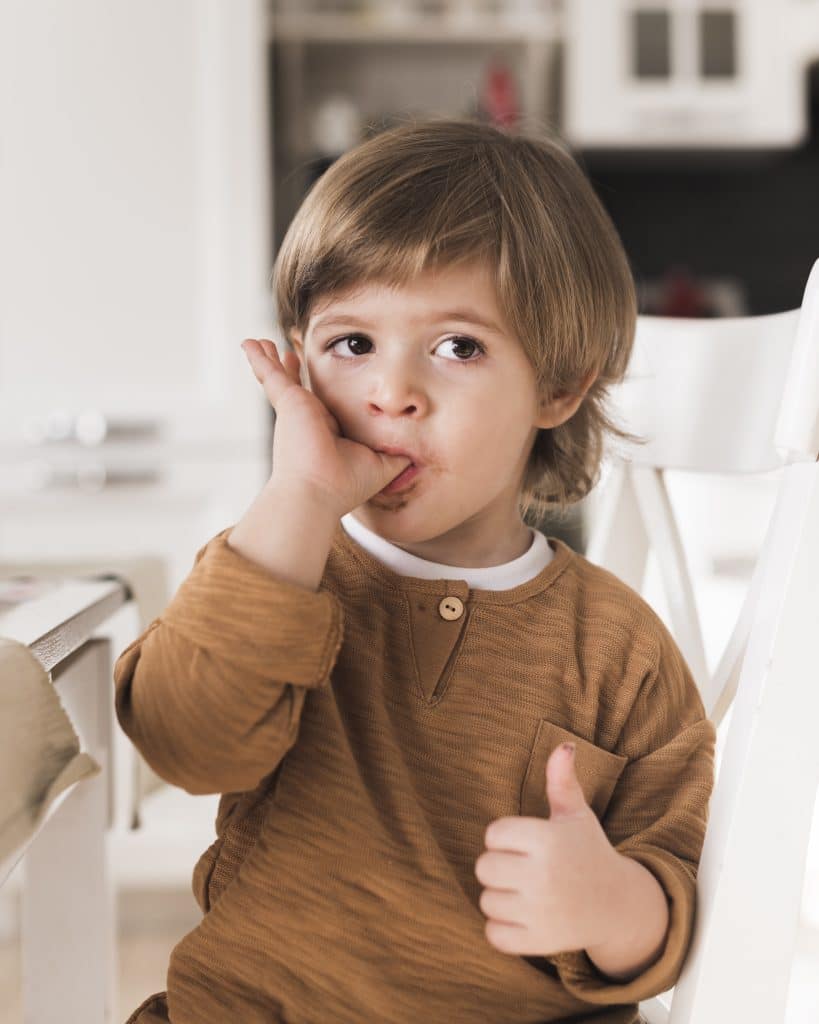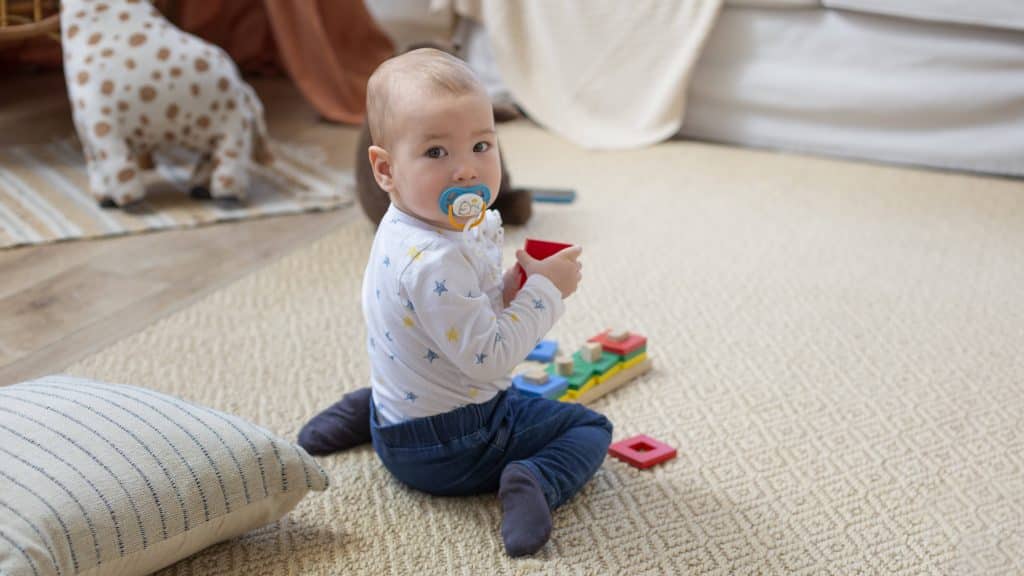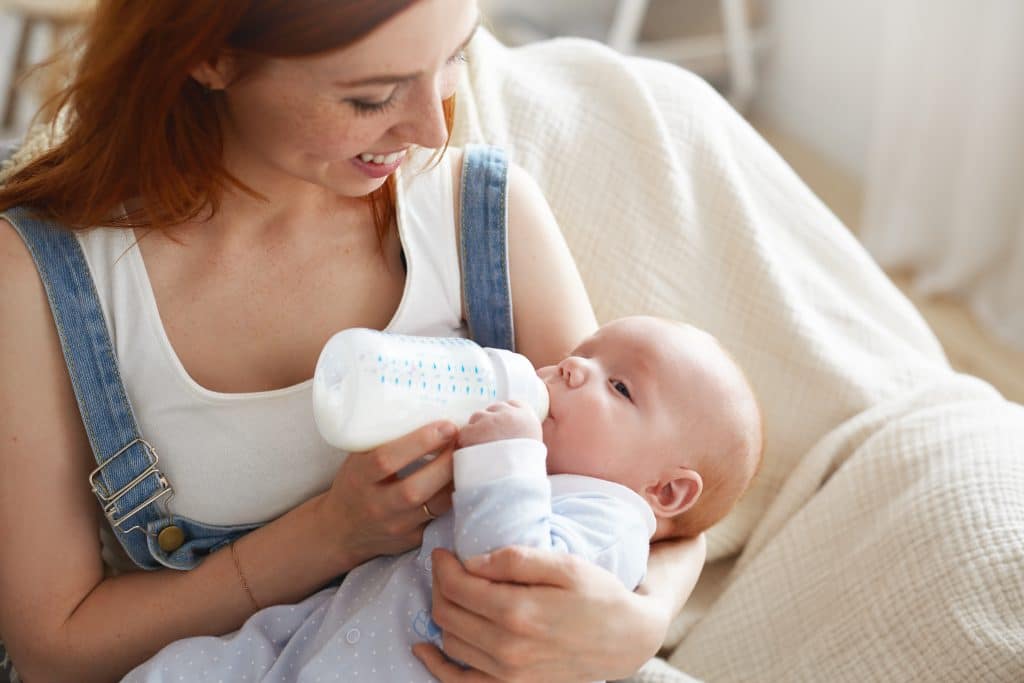Why do I need to change my baby’s silicone pacifier regularly?
Silicone pacifiers are pacifiers made of food-grade silicone, commonly used on baby bottles, that can withstand boiling disinfection, have high heat resistance and strength . Silicone pacifiers are harder than latex pacifiers, but they are not easy to age, heat and corrosion resistant, and tasteless and odorless .
As a professional manufacturer in designing and manufacturing high-quality LSR/SSR baby products in China for over 16 years’ experience . Jution silicone work with the Silicone pacifiers brands/wholesale/ retails/ corporate gifts company and offer a range of services from Silicone pacifiers sketch to contract Manufacturing meet the unique needs of each Silicone pacifiers project.
What are the material characteristics of silicone pacifier
Why do I need to change my baby’s silicone pacifier regularly
Silicone pacifiers tend to deform after prolonged use
If the baby sucks the deformed pacifier for a long time, it may have an adverse effect on oral development . The deformation of the pacifier may also affect the baby’s sucking experience, resulting in the baby’s reluctance to feed, and may also reduce the sealing performance of the pacifier.
A pacifier can accumulate dirt after prolonged use
Even regular washing and disinfection may not completely eliminate the bacteria. The baby’s continuous use of such a pacifier may allow pathogens to enter the body, causing adverse health effects . Regular replacement can better ensure the hygiene of baby inlet items.
The pacifier may also be broken after prolonged use
The use of a broken pacifier for the baby is not only harmful to the baby’s milk, but also easy to lead to milk ejection, causing choking . A broken pacifier may also pose a safety hazard, such as a baby swallowing small pieces.
What are the factors that affect the replacement time of silicone pacifiers
Frequency of use: If your baby uses the pacifier frequently, it will wear out faster and may need to be replaced every 2-3 months.
Sanitary condition: even if the pacifier looks good, it is easy to breed bacteria after a long time of use, it is recommended to replace it regularly every 1-2 months, or every 2-3 months.
Degree of wear: If the pacifier is cracked, damaged, deformed or discolored, it should be replaced immediately, so as not to affect the baby’s sucking and may lead to choking.
Baby’s age: As your baby grows and its sucking strength increases, the pacifier may become damaged or no longer fit your baby’s flow needs, and a suitable pacifier model will usually need to be replaced every 3-6 months.
Custom Silicone Baby Pacifier
When do silicone pacifiers need to be replaced
Appearance changes
If the pacifier appears discolored, thinner, larger, etc., it indicates that the pacifier has aged and needs to be replaced . In addition, if the surface of the pacifier cracks, scratches or aperture becomes small, resulting in difficulty for the baby to feed, it also needs to be replaced in time .
Function changes
If the pacifier shows reduced elasticity, expansion and poor sucking, it indicates that the pacifier has aged and needs to be replaced .
How to change the silicone pacifier for babies at different stages
0-3 months: newborns to 3 months of baby suitable for the use of a pacifier, this pacifier flow is moderate, suitable for the baby’s sucking ability and swallowing ability. It is recommended to use an anti-flatulence bottle to reduce your baby’s discomfort . 3-6 months: Babies from 3 months to 6 months need a greater milk flow to satisfy their growing appetite, so they can be replaced with a two-stage pacifier. The two-stage pacifier is suitable for medium flow feeding to ensure that the baby is comfortable .
6-9 months: Babies from 6 months to 9 months may have started to add complementary foods, but still need a certain amount of breast milk or formula. A three-segment pacifier can provide greater milk flow while satisfying your baby’s sucking needs .
9-12 months: 9 months to 12 months of baby activity and energy expenditure increased, the need for greater milk flow to cope. A four-segment pacifier is suitable for babies at this stage, providing greater milk flow to meet their needs .
Over 12 months: Babies over 12 months can use X or Y pacifiers, which have a larger milk flow and are suitable for the sucking needs of older babies. In addition, they may be ready to drink or milk in sippy cups or cups, but may still need to use these pacifiers in the interim.
Related silicone pacifier Products
Conclusion
Parents should change the baby’s pacifier regularly according to the use and material of the pacifier. In general, the silicone pacifier can be replaced once every 2-3 months, but if the pacifier is deformed, damaged or stained, it should be replaced in time . At the same time, parents should also do a good job of disinfection of the pacifier, to ensure that the baby’s pacifier is clean and sanitary .
Jution silicone have experience working with a diverse range of clients, including baby or homeware brand, Retail chain store, Marketing advertising companies, supply chain management companies, product development companies. Whether you’re looking to commission any logoed Silicone pacifiers products. Jution silicone has the expertise and experience to bring your Silicone pacifiers vision to life.




